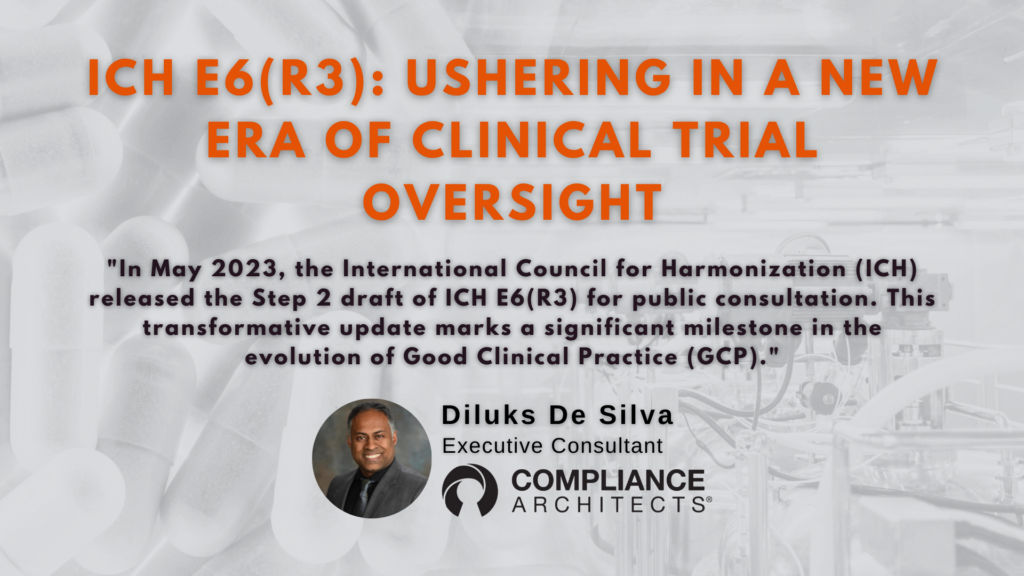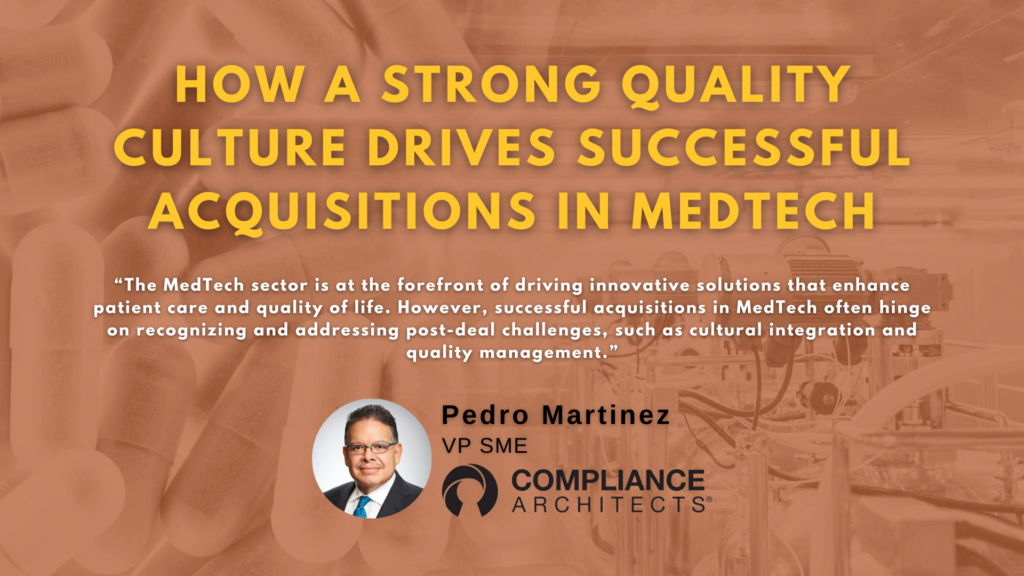“How did you go bankrupt?” Bill asked.
“Two ways,” Mike said. “Gradually and then suddenly.”
-Ernest Hemingway, The Sun Also Rises.
Table of Contents
Gradually, Then Suddenly
In Ernest Hemingway’s novel “The Sun Also Rises,” the quote above refers to the character’s financial predicament. However, most of us can see that this sentiment resonates far beyond financial matters and can be applied to the realm of quality, where the path to poor quality often follows a similar trajectory. Just as in the story, the decline into poor quality is not always abrupt but rather a gradual accumulation of sub-optimal decisions that lead to a tipping point.
Having been hired to help two of the first three companies to receive FDA Corporate Warning Letters get them resolved and being called on to remediate Probation Agreements, Warning Letters, and 483s at many others, I feel especially qualified to delve into the concept of how poor quality is not usually arrived at via one monumental misstep but, instead, is often the result of incremental missteps that eventually culminate into one or more significant issues.
In my experience, almost no one wakes up and says, “Let’s make some bad decisions today.” Yet those bad decisions keep happening. Sometimes, with catastrophic results, it behooves us to ask ourselves why.

A Slow, Rippling, Decay
Quality (or the lack thereof) is an attribute inherent to everything. The strength of our processes generally determines it, and these processes can erode over time, even gradually, through a series of small compromises and oversights. Initially, these compromises can seem insignificant and not significantly affect the overall quality of a product or service. However, like tiny cracks in a dam, these minor flaws weaken the foundation of quality and set the stage for more significant problems.
Each compromise or sub-optimal decision made along the way contributes to the erosion of quality. Whether circumventing normal processes to meet a deadline, allowing “minor” defects through deviations or use-as-is processes, or not paying suitable attention to customer feedback, these choices create a ripple effect that reverberates throughout the entire process and organization. Like pieces of a puzzle that don’t quite fit together, these decisions will gradually build up until the product’s or service’s overall integrity is fatally compromised.
The reality here is that we can even show this with math. Let’s say a team has ten critical decisions to make about product design. And let’s say that due to budgets, people, schedules, and other factors, each decision is made to the “good enough” level of 90% of optimum. Simple math tells us that the result of those decisions will be something that will, at best, be at 35% optimum (which is simply 0.9510).
There is also the toxic cultural effect of constantly compromising and settling for less than optimum. Eventually, the organization knows that the path of least resistance is well trodden at their company, and they will choose to take it.
The Tipping Point
Finally, this accumulation of sub-optimal decisions reaches a tipping point where the quality of the end product or service is no longer acceptable. What was once a series of minor flaws now manifests as glaring defects that dramatically affect usability, reliability, customer satisfaction, and compliance.
This sudden realization of poor quality will be a harsh wake-up call for organizations and individuals who have been on the road to decline but failed to acknowledge the warning signs along the way. As it was said, we went bankrupt gradually, then suddenly.
Staying Off the Road to Poor Quality
Recognizing the signs of deteriorating quality and addressing them proactively is critical to avoiding the road to poor quality. By prioritizing excellence, demanding attention to detail, and fostering a culture of continuous improvement, organizations can prevent the slow accumulation of sub-optimal decisions that lead to sudden declines in quality. As the cliché goes, “Quality should not be viewed as a destination but as an ongoing journey.” That requires diligence, commitment, and a willingness to course-correct when necessary.

Again, from my experience, one area to be incredibly diligent in is deviations. Organizations spend a lot of time putting in processes that should ensure quality. While it is sometimes proper and necessary to deviate from those processes, we in quality have the lonely job of keeping the organization from developing the habit of just deviating from its problems.
If we don’t ensure that we fix either the product that needs to be developed or the inadequate process, we are walking down the wrong road hand-in-hand with everyone else.
Just as the protagonist in “The Sun Also Rises” experiences a gradual descent into despair, the journey to poor quality often unfolds slowly before reaching a tipping point. By remaining vigilant, making informed decisions, and upholding high standards of quality, individuals and organizations can steer clear of this road to decline and ensure that excellence remains the guiding light in all endeavors. Remember, if quality is a journey, you must ensure you are on the right road.
Contact Us
To learn more about avoiding poor quality in your organization, fill out the form below to contact us.





